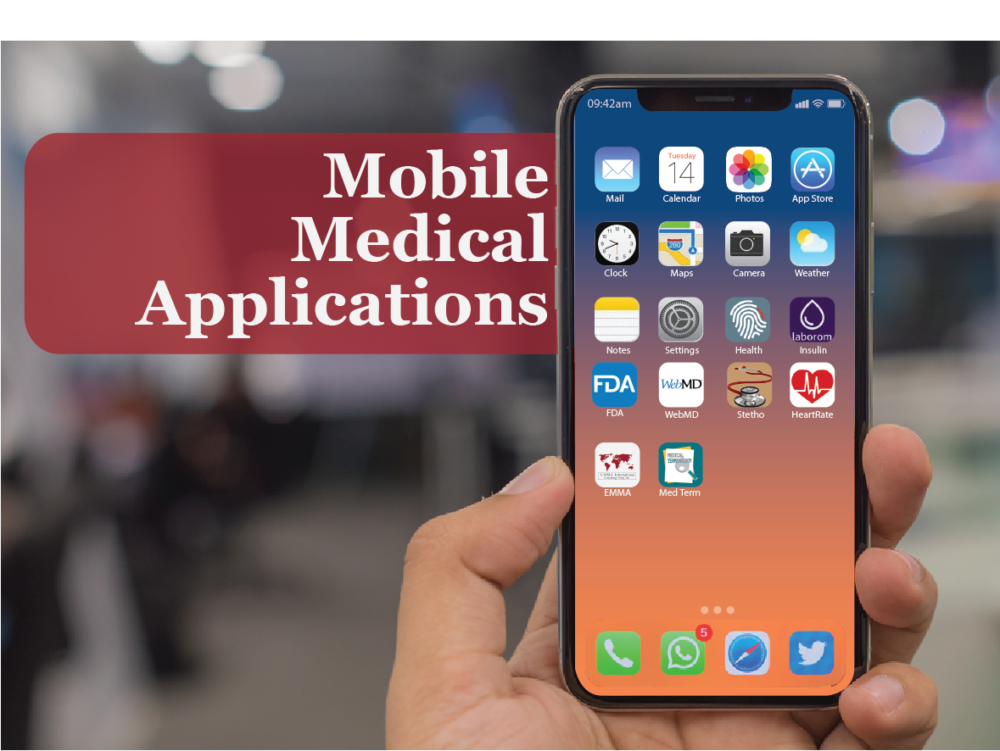The field of mobile medical applications (apps), software that run on smartphones or other mobile communication devices, has grown incredibly in both the number of applications available and the nature of the medical application. In this article, we review types of mobile apps and the ones the U.S. FDA intends to regulate.
FDA defines a “mobile app” as a software application that can be run on a mobile platform (e.g., smart phone) or a web-based software application that is tailored to a mobile platform. As a part of their Digital Health Action Plan, the U.S. FDA has developed a risk-based approach to regulating mobile medical apps such that resources are conserved for reviewing apps that present higher risk to patients. Let’s review the terminology. There are 3 very general categories of mobile apps:
- Mobile apps that are not medical devices
FDA does not intend to regulate these types of devices. Examples of such mobile apps are those that provide reference information (e.g., electronic versions of medical dictionaries), automate operations within a health care setting (e.g., generate reminders for scheduled medical appointments), or are generic aids (e.g., smart phone magnifying glass) without the intention of diagnosing, treating, or preventing a disease or condition. The ubiquitous fitness tracker that does not reference any disease or condition, but rather tracks activity would fall under this category.
- Mobile apps that may be devices but pose a minimal risk to the public
FDA will exercise enforcement discretion on these apps and will not expect manufacturers to submit premarket review applications for these types of apps. These mobile apps may help users self-manage their disease without providing specific treatment suggestions, provide patients with tools to organize and track their health information, or simplify tasks for health care providers. Examples of these apps include apps that help patients with diagnosed psychiatric conditions maintain their behavioral coping skills; activity trackers; and alerts for users when they are near a pre-identified high-risk location.
- Mobile medical apps
FDA will have regulatory oversight over this category of medical apps. These meet the definition of “device” in the FD&C Act and:
- are intended to be used as an accessory to a regulated medical device, or
- transform a mobile platform into a regulated medical device.
A mobile app is a device when its intended use is for the diagnosis of disease or condition; or the cure, mitigation, treatment or prevention of disease; or is intended to affect the structure or any function of the body. Examples include an app that turns a mobile device and accessory into an electronic stethoscope; an app that uses an attachment to the mobile platform to measure blood glucose levels; and an app that can control the settings of an infusion pump. Mobile medical apps are classified into Class I, II, or III and are subject to the associated controls established by the regulations.
FDA released a guidance document for Mobile Medical Applications (issued February 9, 2015) to help clarify the types of mobile apps, and the ones they intend to regulate. Do you need more guidance for your mobile medical app? Please contact us at (248) 987-4497 or info@emmainternational.com.





